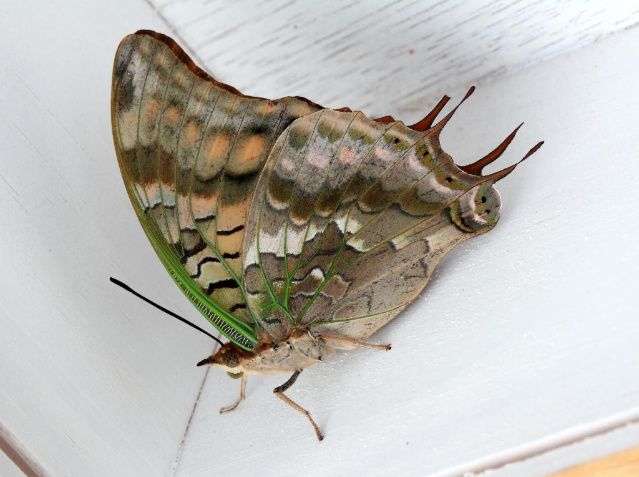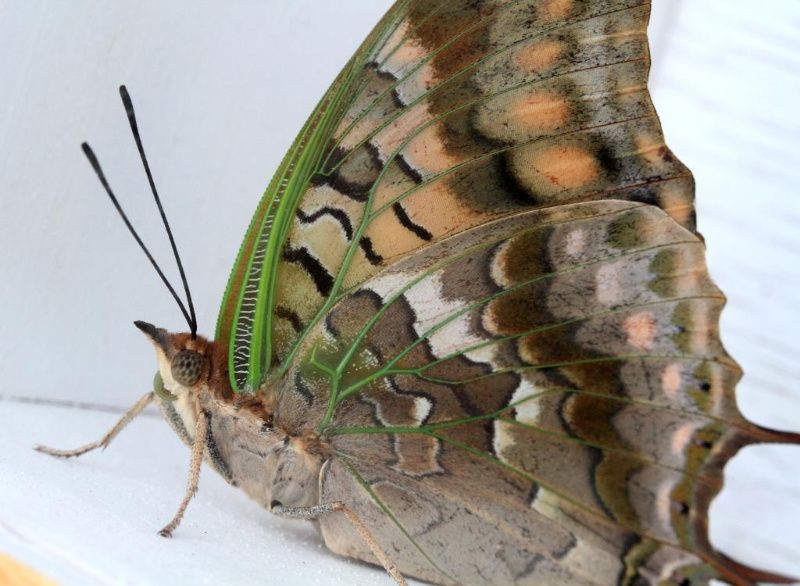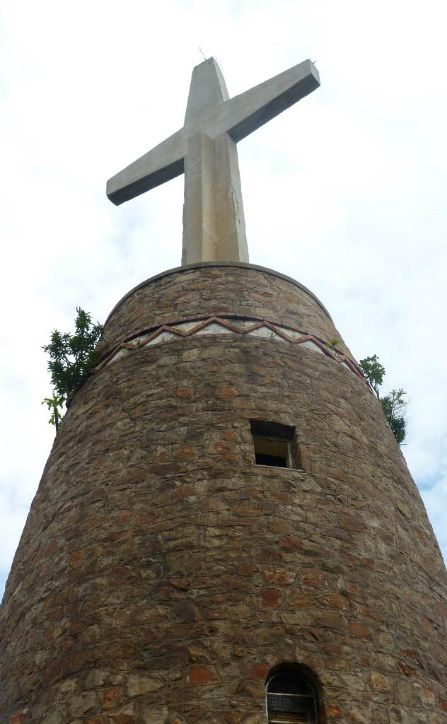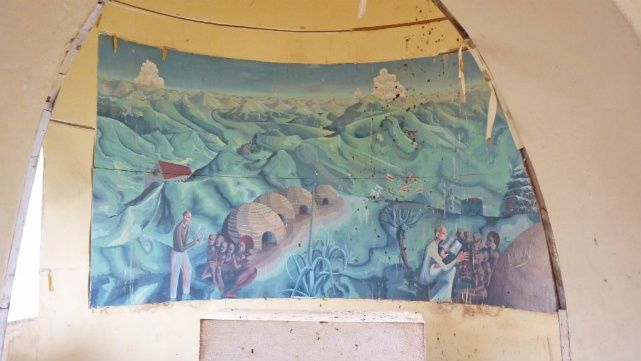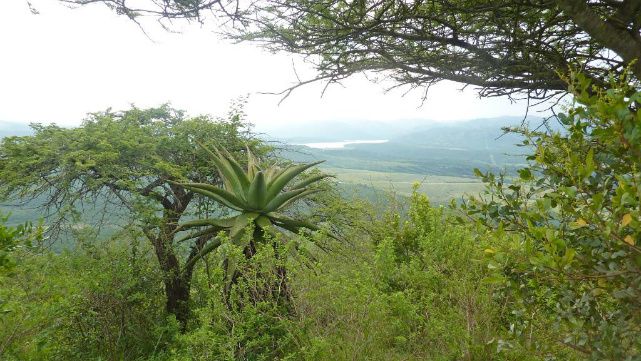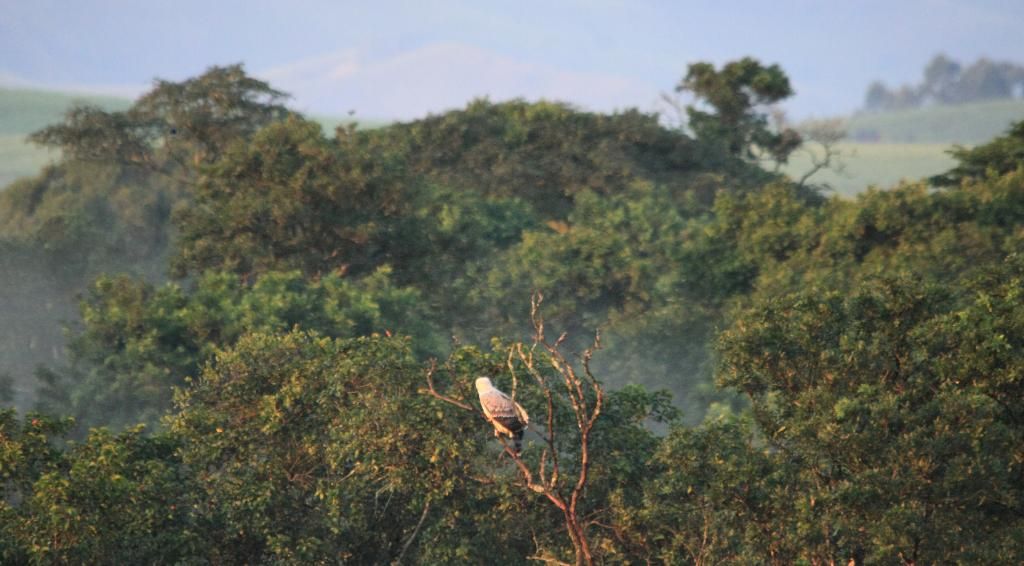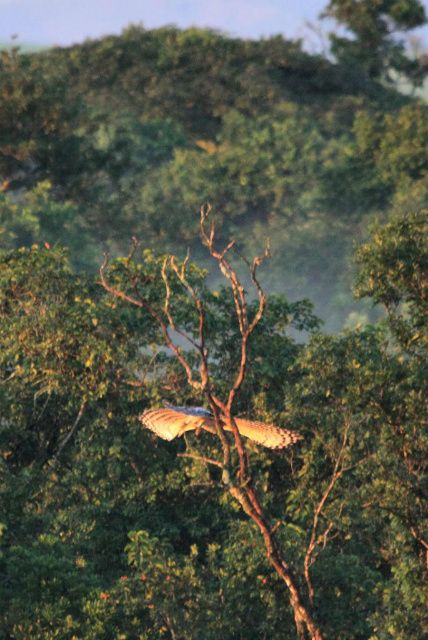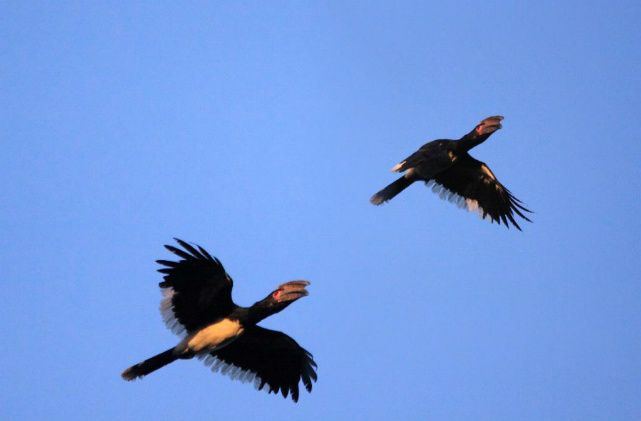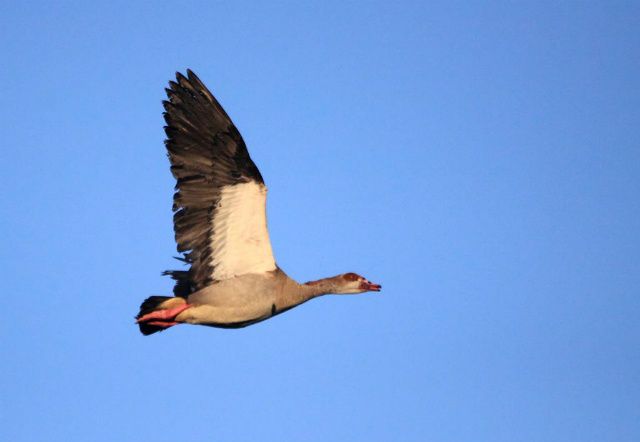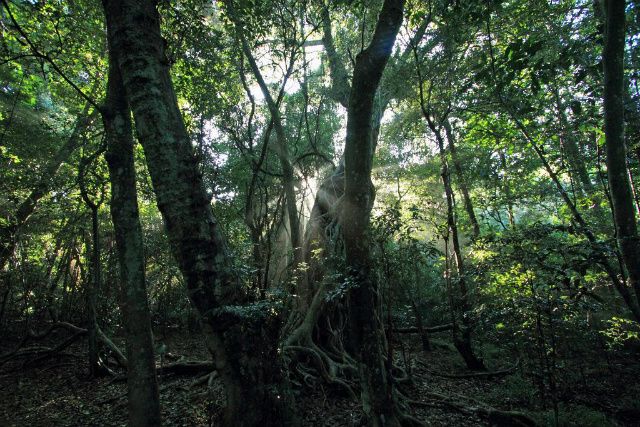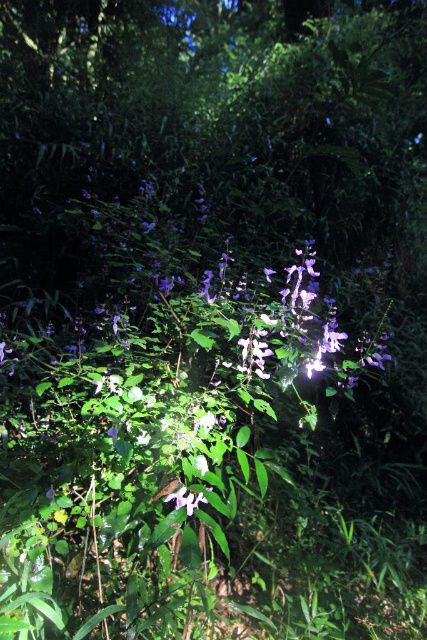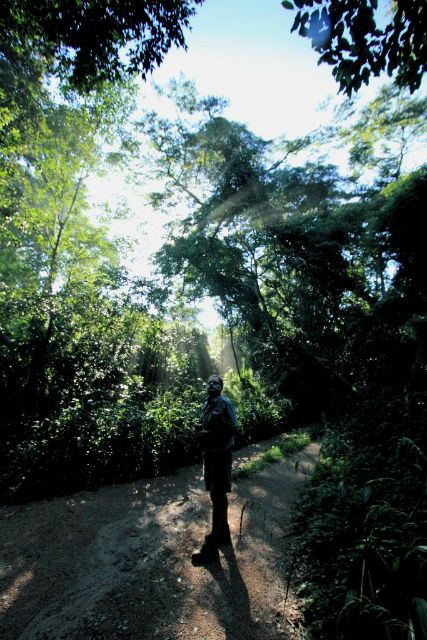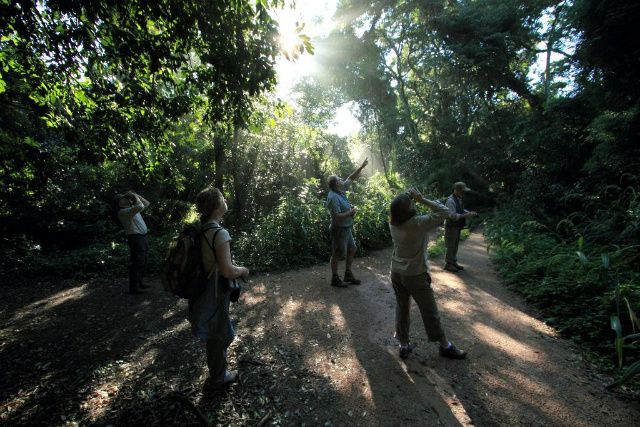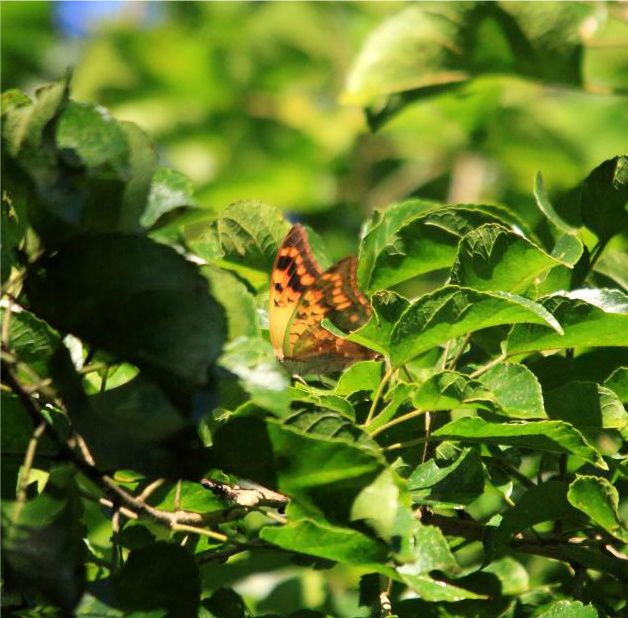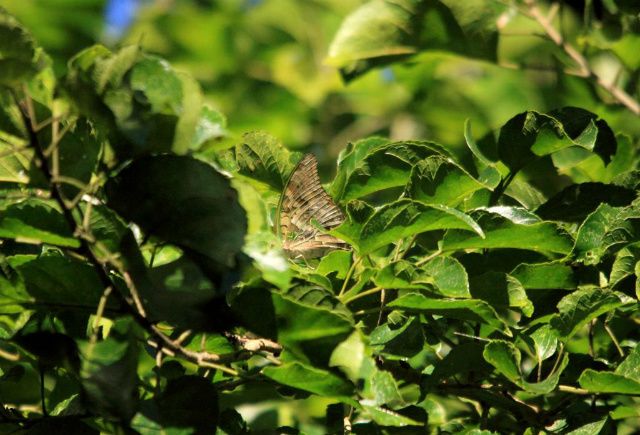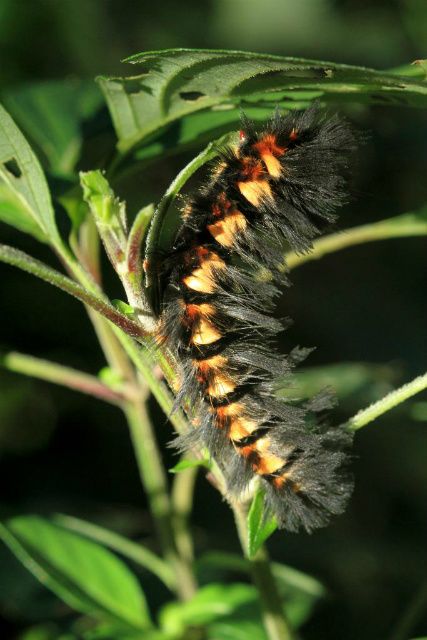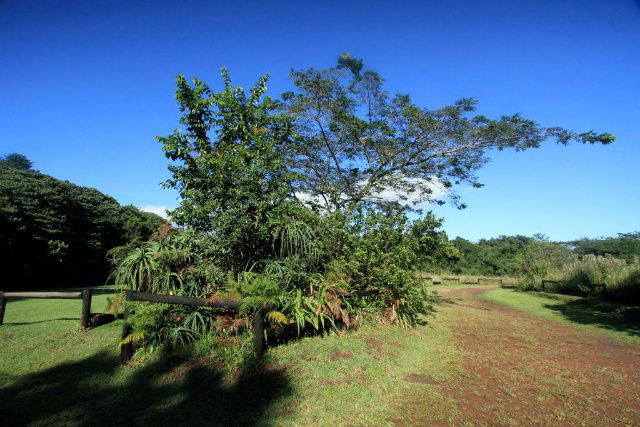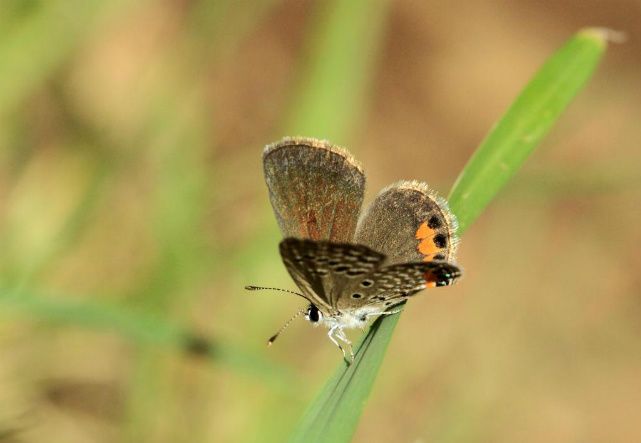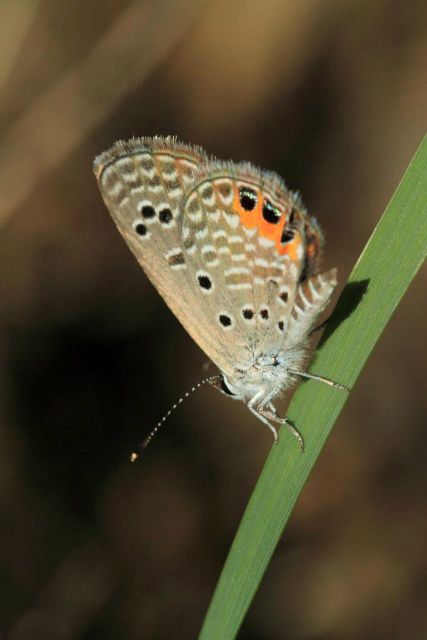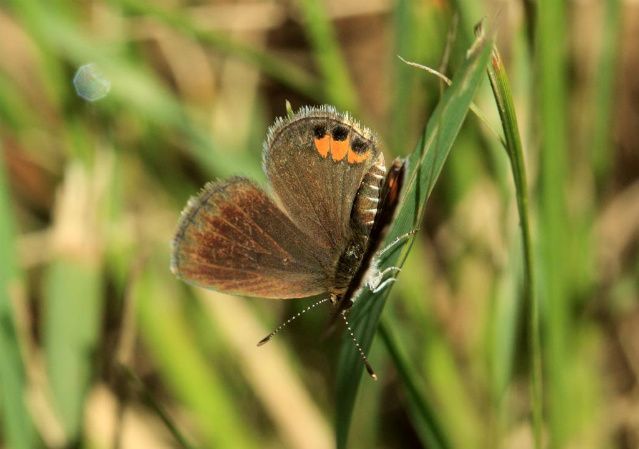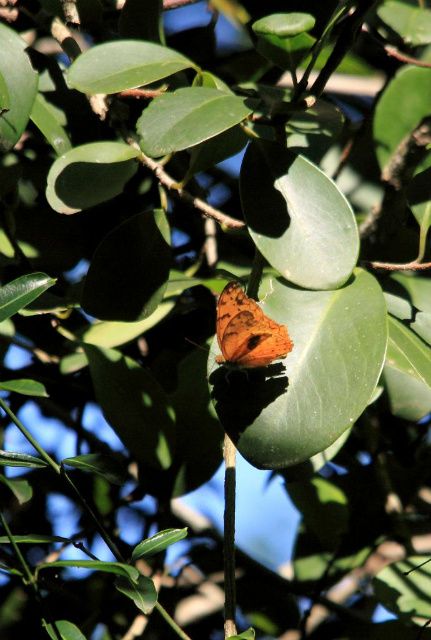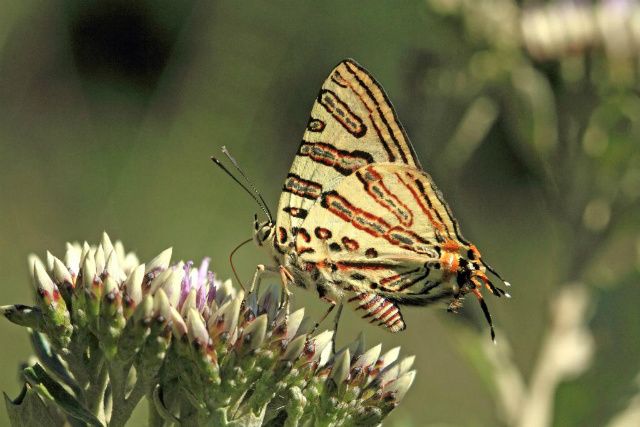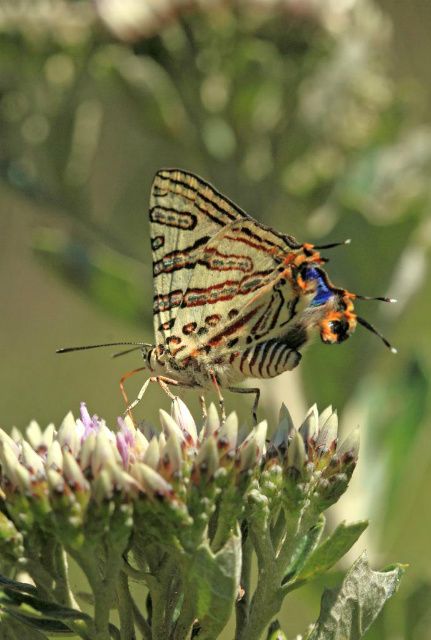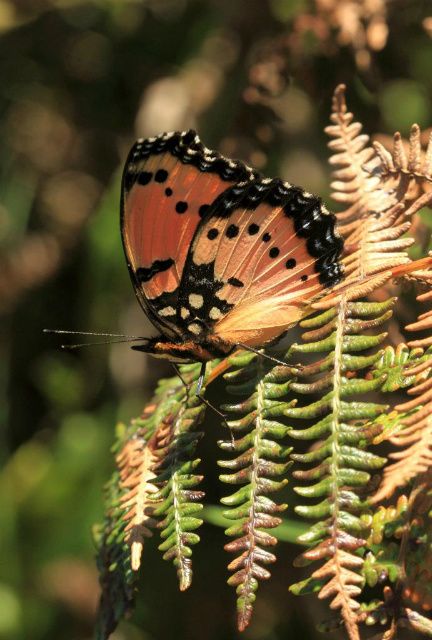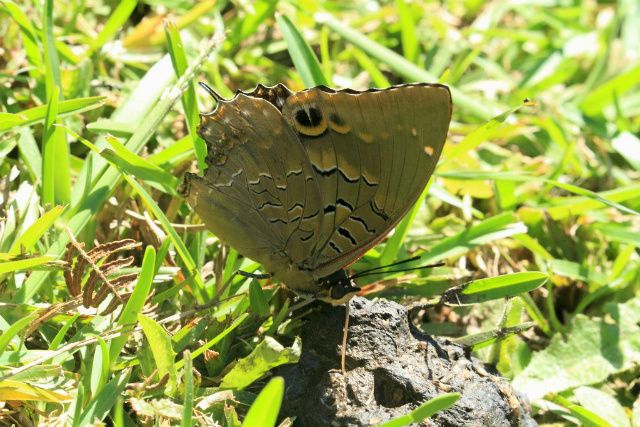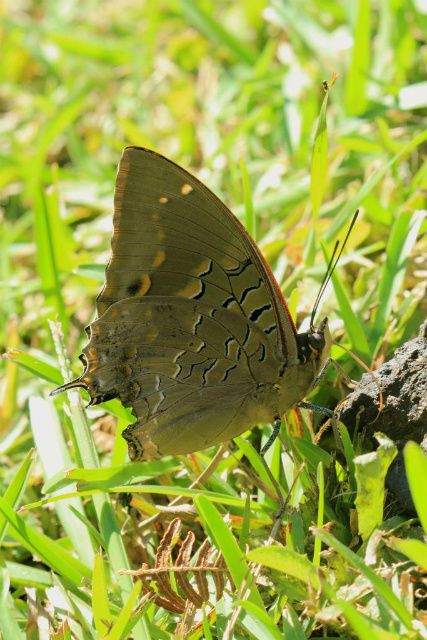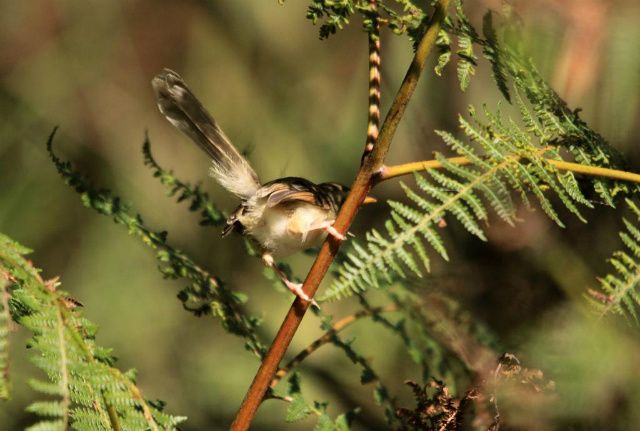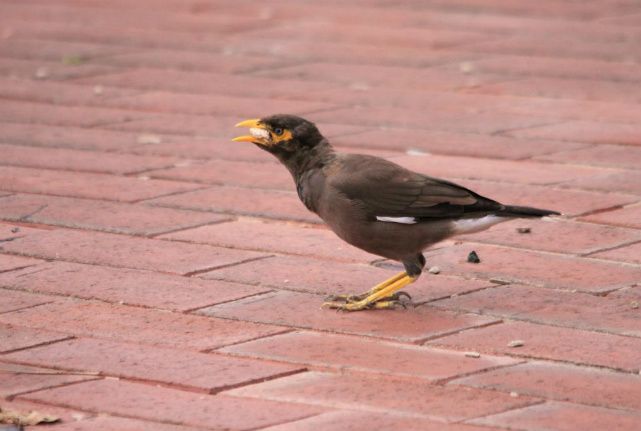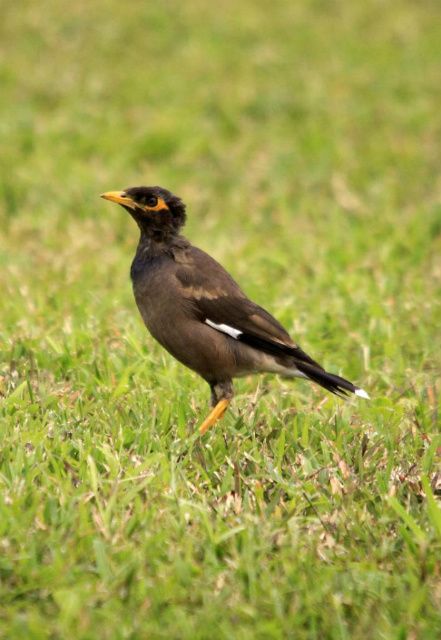Eshowe and Mandawe Cross (Friday 16th March) - Continued
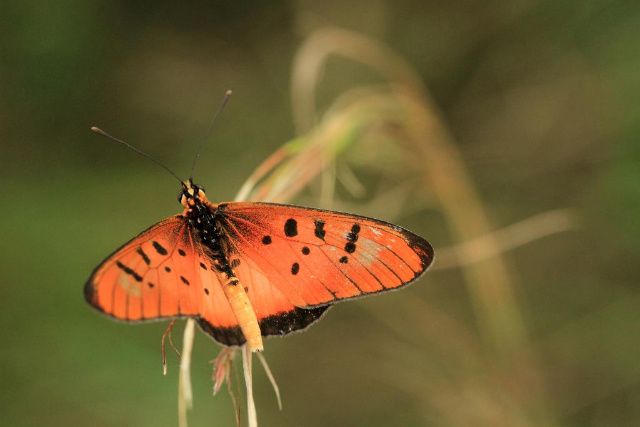
This was one of the first butterflies I would photograph at the Mandawe Cross.
I've had some problem identifying this one, but it may be a Window Acraea.
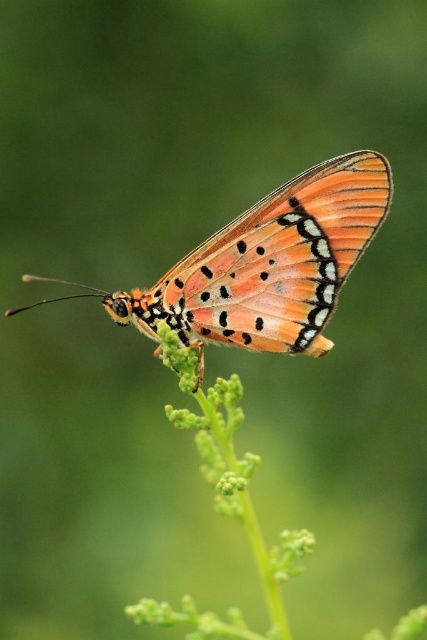
Another shot of the Window Acraea. There were several amongst the small scrub bushes.
In the light wind photographing them was a bit difficult when they would land on the grass stalks...
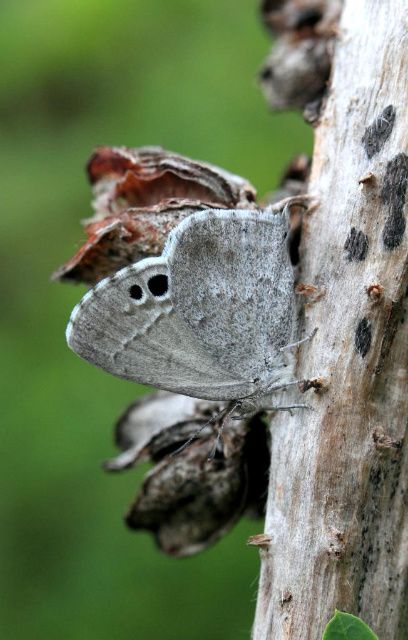
This is a Common Black-Eye, a butterfly I would only see once. Not surprising really, as it is really well camouflaged!
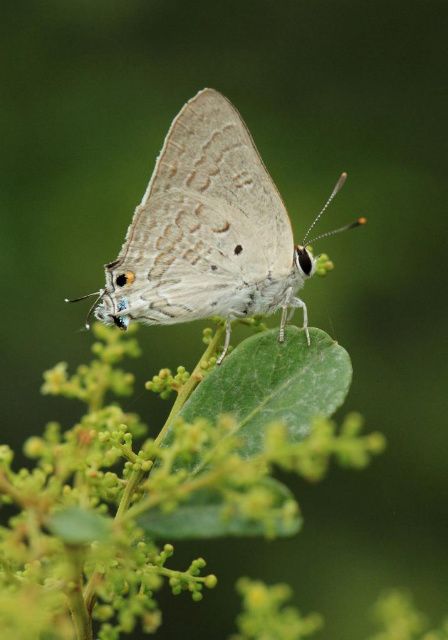
A Brown Playboy (male) also near the Mandawe Cross. The Playboys are another small family of the Lycaeninae.

In the light cloudy conditions, at least the Brown Playboy would open it's wings for me.
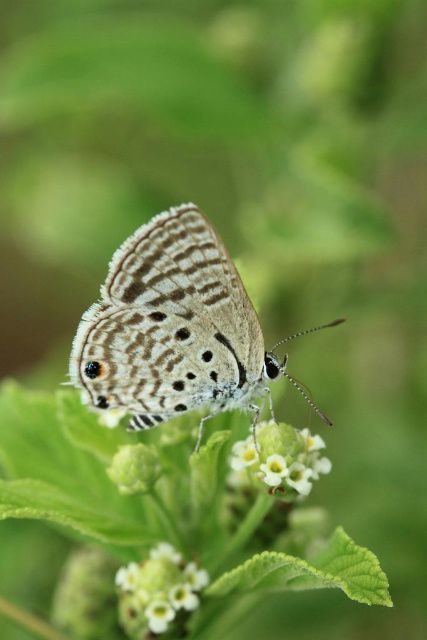
Another of the Black-Striped Hairtails - a species I had seen earlier in the week at the Mkuze reserve.
Here you can see one of the small local flowers that were a good nectar source for the Lycaenids atop the hill.
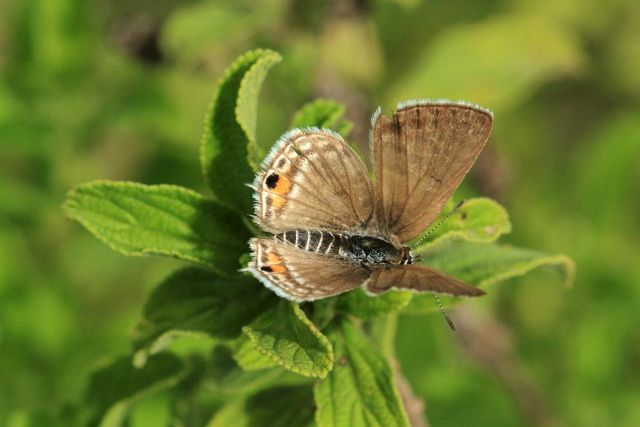
The inside of the Black-Striped Hairtail - again proving that ID'ing is much easier with both an underside/upperwings shot..
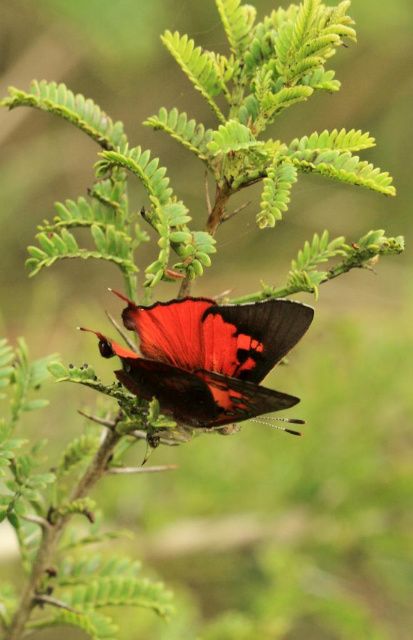
This is my favourite butterfly seen near the Mandawe Cross - either a Dark-Banded or Common Scarlet (definitely a male though).
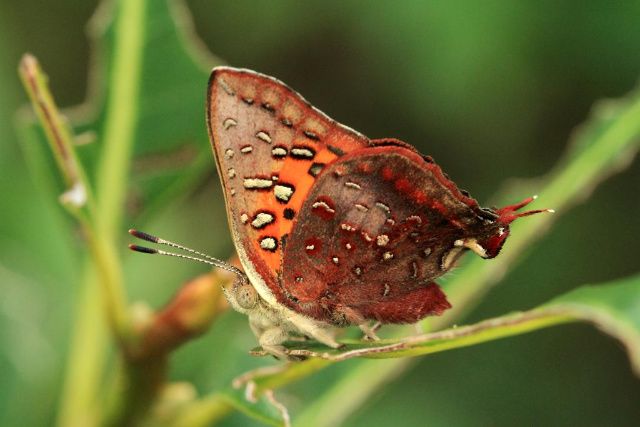
I only briefly saw the upperside of the Dark-Banded Scarlet: but the underside was just as interesting.

Another view of the underside of the Dark-Banded Scarlet: one of my favourite photos of the trip.
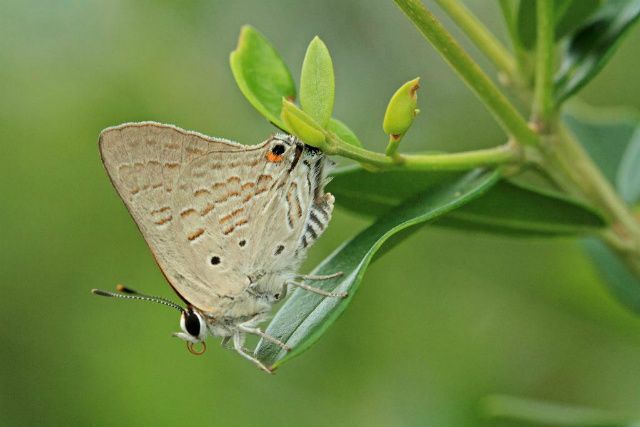
A final view of a butterfly as we left the Mandawe Cross area; another of the Brown Playboys.
We started our return back to Eshowe just after 4pm, though we took our time driving back as the villages near Mandawe were interesting because it gave some insight into the local life: the houses here were fairly poor but the local kids all seemed happy to see us. Bert, our guide, always made us feel at home wherever we were as he was able to speak any of the local Zulu languages and had a great way with any strangers. He would also give us plenty of history about the people and the country as we were driving through the houses.
We returned to our accommodation in Eshowe and the late afternoon cloud stayed, with a heavy rain storm following quite quickly, which stayed for most of the early night. We ate that night at one of the local Golf Clubs in Eshowe, though the service was very slow and by the time we’d eaten it felt very late and I think we were all quite tired! We decided we would have one more early start the next day (Saturday 17th March), and do the forest aerial boardwalk again (at first light) as it would be our last morning of the holiday before we flew back home.
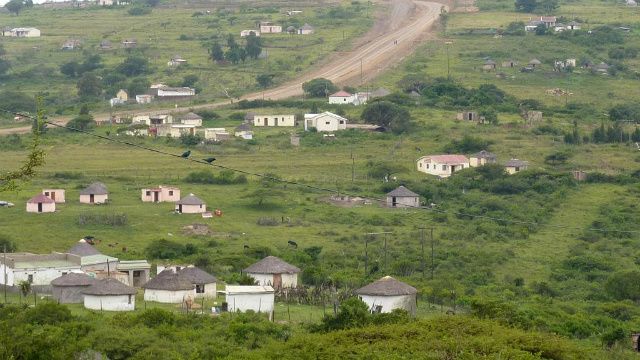
A standard shot showing the local houses near the Mandawe Cross area.
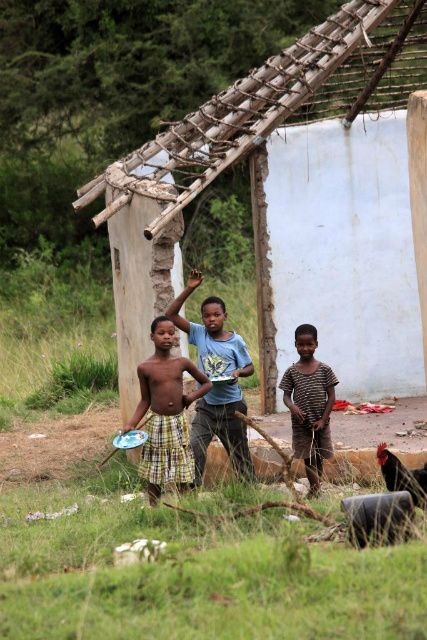
The local kids here may have been poor in comparison to British kids, but they seemed happy nevertheless.
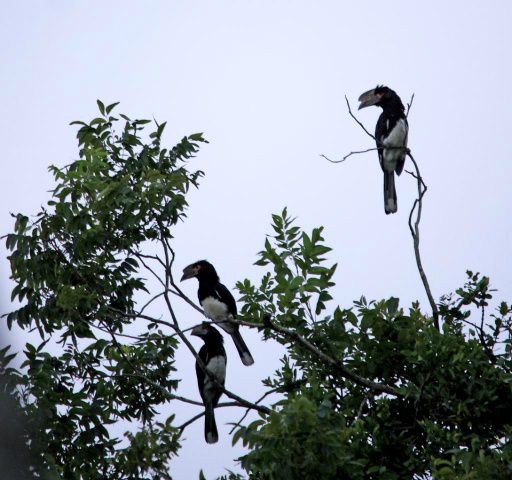
On return to our Eshowe residence, some Trumpeter Hornbills to greet us just before the storm breaks.


